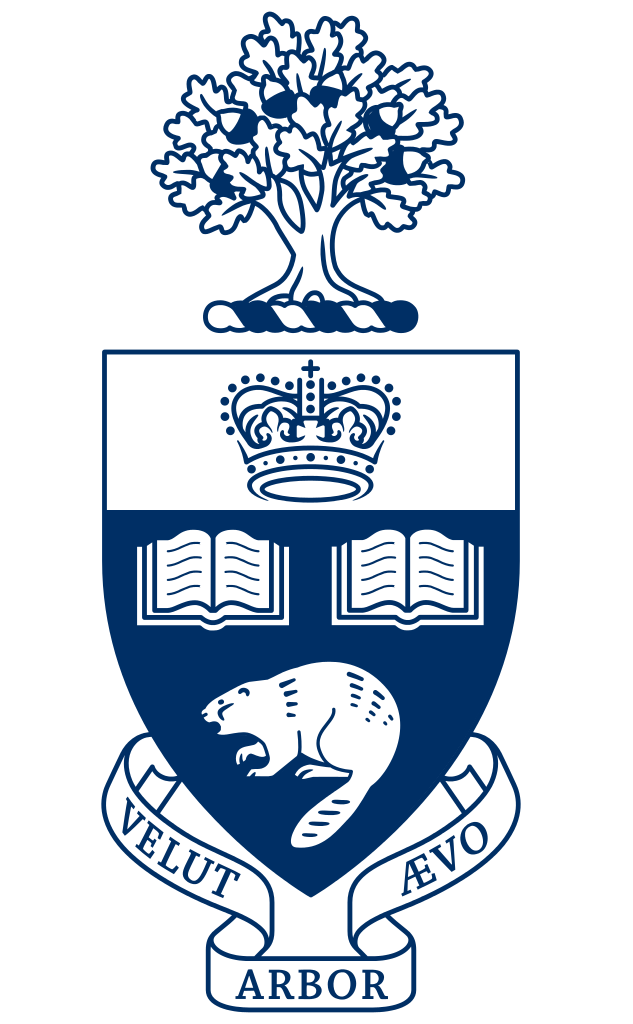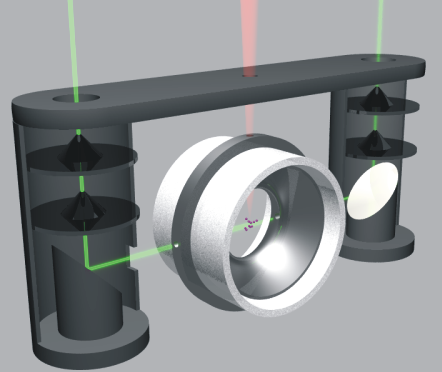How do molecules respond to light in the absence of solvent interactions? What does the photophysical response tell us about structure? By probing the fluorescence emitted or dissociation of gaseous ions trapped in a quadrupole ion trap (Esquire 3000+), we glimpse into the intrinsic properties of chromophores.
Fluorescence is detected using an electron-multiplying CCD camera (EM-CCD) coupled to a spectrograph for steady-state measurements, or a single-photon avalanche photo-diode (SPAD) by time-correlated single-photon counting (TCSPC) for time-resolved fluorescence decays.
Examples:
-
Kusinski, M.; Nagesh, J.; Gladkikh, M.; Izmaylov, A.; Jockusch, R. A. Deuterium Isotope Effect in Fluorescence of Gaseous Oxazine Dyes. Phys. Chem. Chem. Phys. 2019, 21 (10), 5759-5770.
-
Wellman, S. M. J.; Jockusch, R. A. Moving in on the Action: An Experimental Comparison of Fluorescence Excitation and Photodissociation Action Spectroscopy. J. Phys. Chem. A 2015, 119 (24), 6333–6338.
-
Nagy, A. M.; Talbot, F. O.; Czar, M. F.; Jockusch, R. A. Fluorescence Lifetimes of Rhodamine Dyes in Vacuo. Journal of Photochemistry and Photobiology A: Chemistry 2012, 244, 47–53.
-
Bian, Q.; W. Forbes, M.; O. Talbot, F.; A. Jockusch, R. Gas-Phase Fluorescence Excitation and Emission Spectroscopy of Mass-Selected Trapped Molecular Ions. Phys. Chem. Chem. Phys. 2010, 12 (11), 2590–2598.
-
Forbes, M. W.; Jockusch, R. A. Deactivation Pathways of an Isolated Green Fluorescent Protein Model Chromophore Studied by Electronic Action Spectroscopy. J. Am. Chem. Soc. 2009, 131 (47), 17038–17039.


